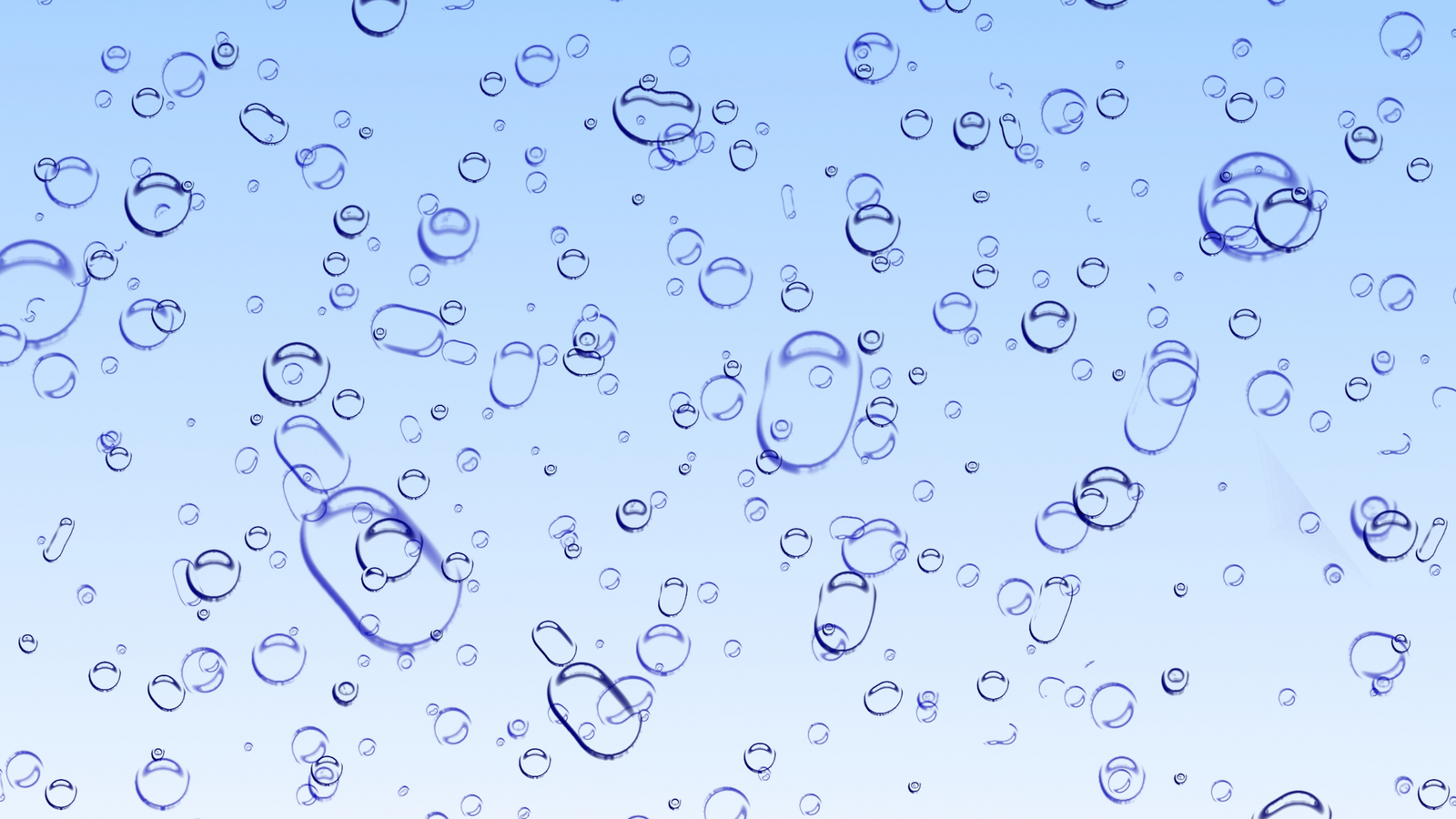What Makes Fizzy Drinks Fizzy?

Ever wondered why your favourite fizzy drink sparkles and bubbles so satisfyingly? Or why a Diet Coke poured over ice takes just a bit longer to serve on a flight? The secret is in the incredible science of carbonation!
In this blog, we’ll dive into the role of carbon dioxide, how temperature makes a difference, and the surprising influence of surface tension. From carbonic acid chemistry to natural carbonation processes, we’ll explore what really makes your drink fizz.
The Chemistry of Fizzy Drinks
The bubbles we love in fizzy drinks aren’t just for fun—they’re all thanks to chemistry. Carbon dioxide (CO₂) is the key element behind the sparkle in soft drinks, sparkling water, and other carbonated beverages. Under pressure, CO₂ dissolves into the liquid, creating the familiar fizz.
When CO₂ dissolves in water, some of it reacts to form carbonic acid (H₂CO₃), which gives many fizzy drinks their signature tang. Here’s the clever part: when a carbonated drink is sealed, CO₂ maintains a balance between its gas and dissolved forms. When you open it, the pressure drops, causing the CO₂ to escape as gas, creating that lovely effervescence. This gas release is a natural response to the pressure change, resulting in the fizz and bubbles we love.
Temperature plays a role too. Warmer drinks can’t hold onto CO₂ as well as cold ones, which is why that room-temperature can of pop loses its bubbles faster than a chilled one.
Temperature and Carbonation
Have you ever noticed that fizzy drinks seem to sparkle more when they’re cold? Temperature has a big influence on how carbonated your drink feels.
As liquids warm up, gases like CO₂ become less soluble and escape more easily. A cold drink keeps the carbon dioxide dissolved, preserving that fizzy freshness. That’s why your soda is bubblier straight from the fridge, while one left out at room temperature quickly goes flat. Keeping your carbonated drinks chilled helps maintain that delightful fizz for longer.
Surface Tension and the Bubble Factor
Surface tension affects the bubbles in your drink too. It’s the force holding liquid molecules together, influencing how easily bubbles can form and rise to the top. Water has a naturally high surface tension, but ingredients like artificial sweeteners in diet drinks reduce this tension, so diet fizzy drinks tend to fizz up faster and hold their bubbles longer. Lower surface tension makes it easier for CO₂ to escape, adding to the bubbly effect.
Even the shape of your glass matters. Glasses with wider rims expose more of the drink’s surface to air, allowing more CO₂ to escape and increasing the fizziness.
The Role of Citric Acid in Fizzy Drinks
Citric acid is crucial to many fizzy drinks, particularly those with fruity flavours. It adds a pleasant zing but also reacts with bicarbonate in the drink, releasing additional CO₂, which enhances that fizzy sensation. This extra effervescence is part of what makes lemon-lime or orange-flavoured fizzy waters so zesty and refreshing.
Carbonic Acid: Adding Zest to the Fizz
Carbonic acid (H₂CO₃), created when CO₂ dissolves in water under pressure, is essential to the fizz experience. This mild acid not only adds a slight tang but also plays a role in the bubble formation. Once you open a drink, the drop in pressure causes carbonic acid to break down, releasing CO₂ and water. The escaping gas forms bubbles, giving you that familiar sound and feel of fizz.
Carbonation and Flavour
Fizz does more than just create texture—it actually enhances flavour. Bubbles carry aromas to your nose, intensifying your drink’s taste. Additionally, the carbonic acid adds a slight tartness, bringing out and balancing flavours. The bubbles also have a palate-cleansing effect, cutting through sweetness and refreshing your mouth.
Sparkling Water: The Hero of Fizzy Drinks
Sparkling water deserves its own mention. As a simple blend of water and CO₂, it’s a crisp alternative to sugary fizzy drinks. The bubbles add a refreshing texture and a hint of acidity that makes it tasty without added sugars or artificial flavours.
Many people now enjoy making their own sparkling water at home as a healthy and eco-friendly alternative to bottled fizzy drinks. Home carbonation systems, like those available from CO2 YOU, make it easy to carbonate water at the press of a button.
With a CO2 YOU subscription, you can keep your sparkling water maker stocked with fresh CO₂ cylinders, ensuring you never run out of fizz at home.
In Summary: The Science Behind Fizz
The delightful fizz of carbonated drinks is a complex blend of chemistry and physics. From carbonic acid formation to the effects of temperature and surface tension, the science behind your favourite fizzy drinks is truly fascinating.
Next time you open a can or bottle, take a moment to appreciate the clever chemistry that makes your drink sparkle and fizz. Each sip is a bubbly testament to the wonders of science!
Want to keep the bubbles flowing? Elevate your hydration with CO2 YOU! Subscribe now to enjoy a steady supply of CO₂ for your home sparkling water maker, so you’ll always have a refreshing, fizzy drink on hand. Whether you’re mixing up mocktails or enjoying sparkling water, CO2 YOU keeps you refreshed.